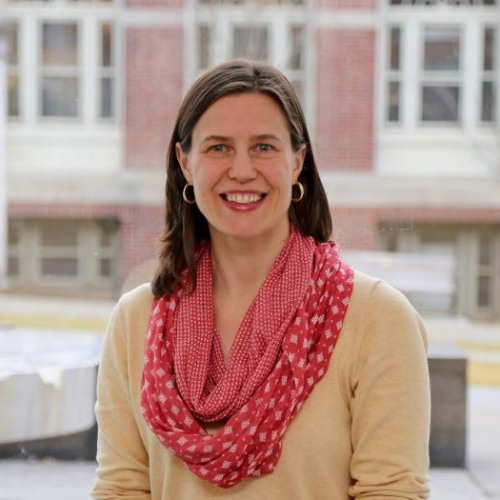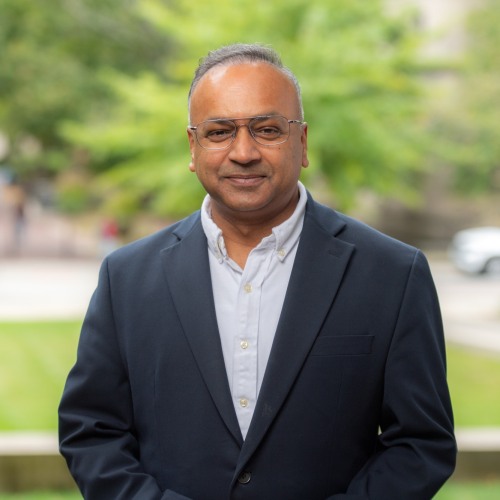Research Projects
Using human induced pluripotent stem cells (hiPSCs) to derive cardiomyocytes, we form engineered cardiac tissue (ECT) and stimulate them mechanically, electrically, and biochemically to promote cardiomyocyte maturation in vitro. A combination of approaches enables targeting unique cellular processes to induce maturation. Biochemical stimulation with insulin-like growth factor-1 (IGF1) and neuregulin-1 (NRG1) induces cardiomyocyte proliferation and promotes maturation of metabolic pathways and contractility to enable a positive force-frequency response (Rupert et al 2017 Stem Cells Int.). Purification of cardiomyocytes, co-culture of cardiomyocytes with other cardiac cell types, and understanding the non-myocyte hiPSC-derived population alters excitation-contraction coupling and the biophysics of contraction (Rupert et al 2020 Plos One, Rupert et al 2020 Stem Cells Int). Embedding of wet-spun collagen microfibers in a defined, anisotropic architecture aligns myofilaments and sarcomeres in ECTs (Kaiser et al 2019 ACS Biomater Sci Eng). With collaborators in the Srivastava lab at Brown, we developed a three-dimensional strain continuum predictive model to allow for micro-structural design optimization and analysis of effectiveness of the implanted patches (Bai et al 2021), and with collaborators in the Callanan lab at the University of Edinburgh, we are utilizing biomaterials beyond collagen in anisotropic scaffolds for applications in the heart and beyond (Reid et al 2021).

